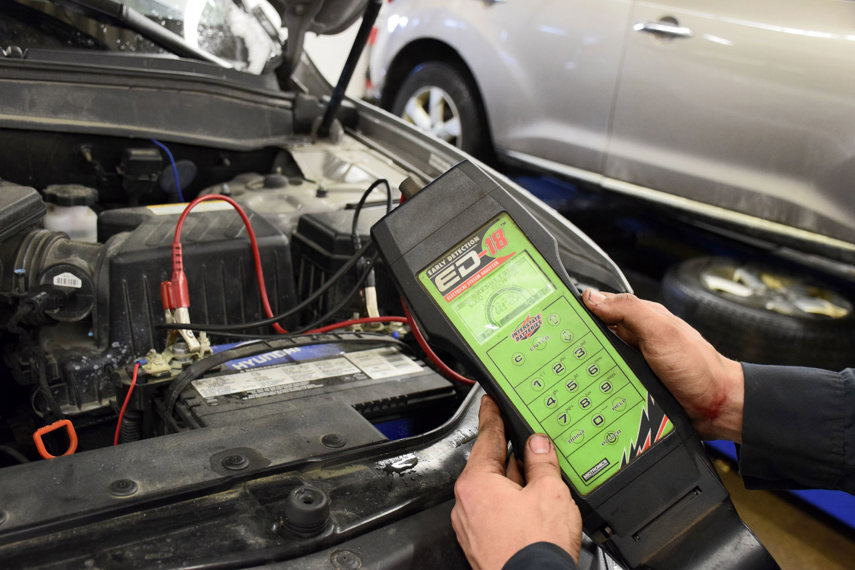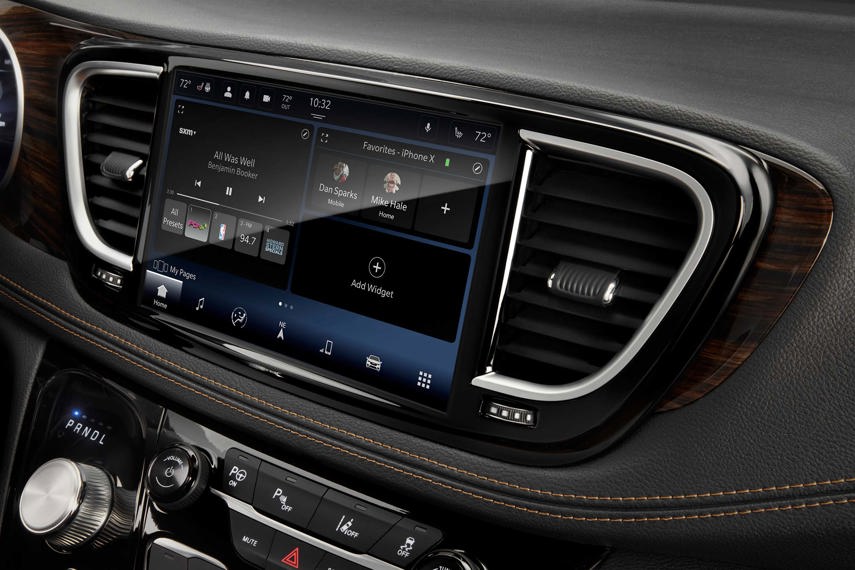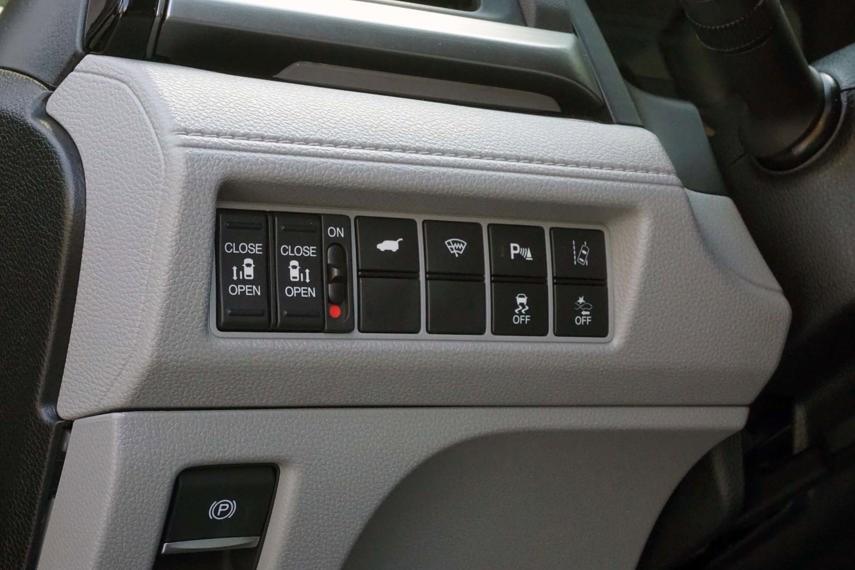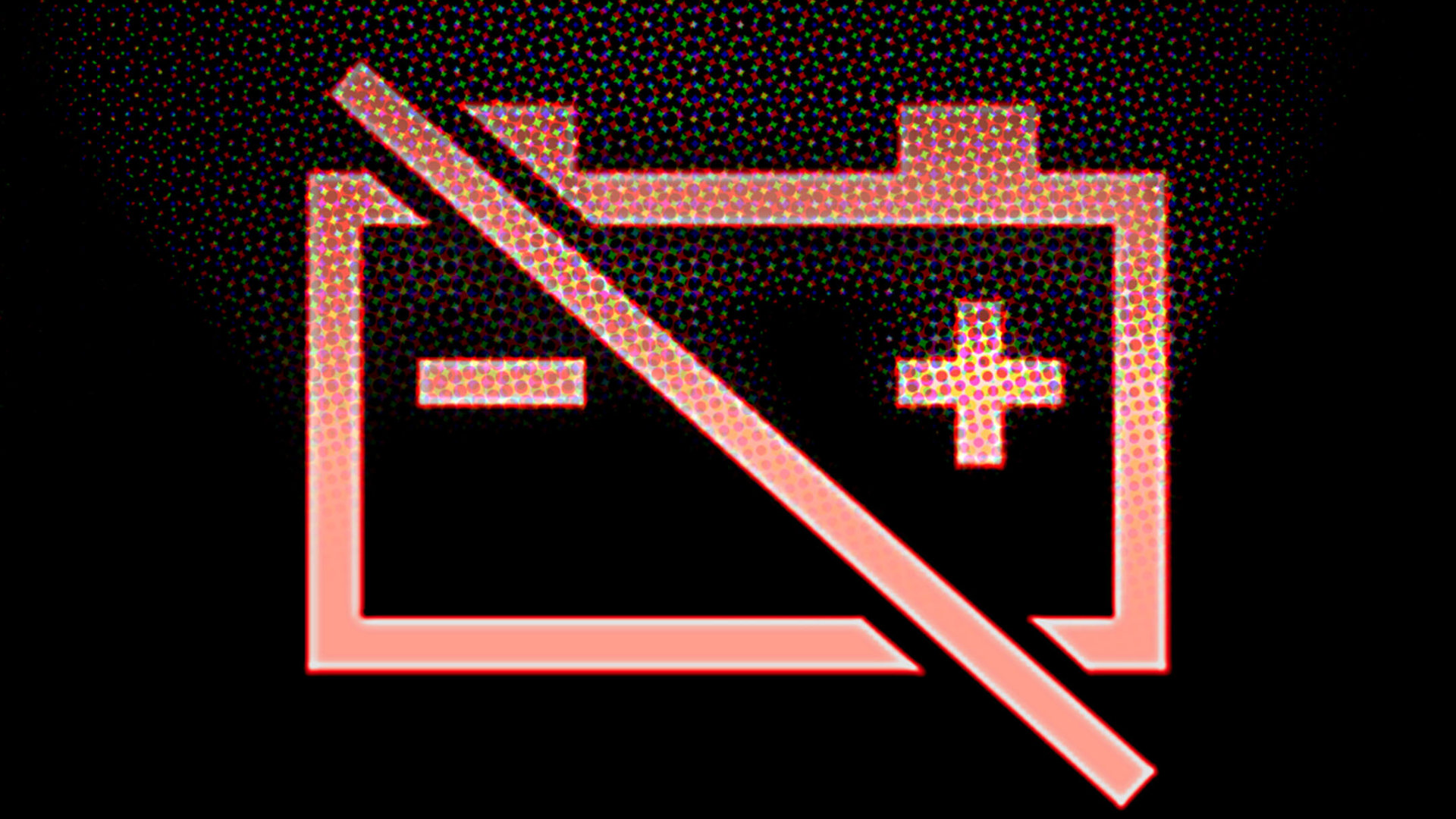If your phone, Wi-Fi router, or Xbox is being fussy, a simple solution is often to “power cycle” it: Power down or disconnect the power cord, count to ten, and fire it back up. It’s a simple solution to a multitude of problems – “Have you tried turning it off and on again?” – but you’ll want to think twice before applying the same logic to a modern vehicle.
Your car or truck has a battery that feeds power to all of its electronics. A thick wire is attached to each of the two battery terminals, physically connecting it to all of the electronics in your car. And you’ll find any number of people on the internet and in real life who’ll recommend you disconnect and reconnect the battery cables at the first sign of car trouble. In theory, this fixes all sorts of issues, from hard gear-shifting to poor performance to misbehaving power windows, stereo systems, or even the climate control. Disconnecting and reconnecting the battery terminal is easy, fast, and doesn’t cost you anything – unless you do it to the wrong type of car.

“I’d always encourage customers to check their owner’s manual, or to give us a call, before disconnecting the battery in their car, just to be safe,” says Lori Boerio, a service advisor at a dealership in Northern Ontario. “All vehicles are different, and in some cases, you could have a very big problem.”
Boerio shares a story about a recent customer who brought in a minivan with various issues that popped up after he disconnected the battery to try to reset a warning light on the instrument cluster.
“We determined that he was trying to get rid of a tire pressure warning light, but that he didn’t know what the light was for. The customer simply saw a warning, and pulled battery power try and get rid of it – without understanding what the warning was, or the actual proper course of action.”
This may temporarily eliminate the light, but doesn’t fix the problem that caused it to illuminate.
“There’s still a perception that you can get rid of a trouble light (Check Engine Light), or other warning lights, by disconnecting the battery to cut power to the vehicle’s computers,” Boerio says. “In some cases, pulling the battery cable may make a warning light disappear for a short time, but it will typically return until the problem is actually corrected.”
Boerio cautions readers that modern car electronics are highly precise and sophisticated, and that servicing the systems (and the battery that powers them) are best left for a professional in most cases.
“The average driver simply doesn’t grasp how much is going on, electronically, behind the scenes – or the possible danger of cutting battery power without following proper procedures.”

In this case, Boerio’s customer had disconnected their battery for several hours. “We explained to the customer that this approach is incorrect to fix the TPMS warning, and that his vehicle was equipped with a TPMS reset function, accessible via a button beneath the dash. This is outlined in the owner’s manual. Had the customer read that manual, he’d have saved plenty of money and stress,” Boerio notes.
Instead, the results were far worse.
The customer reported some difficulty in restarting their engine immediately after reconnecting the battery, as well as the illumination of a new Check Engine light, and a safety system malfunction lamp that had not been noted previously.
On driving the vehicle, the customer reported hard gear shifting and poor performance, and the radio was non-functional, too.
“One of the biggest inconveniences is the radio – which may lock itself down when power is disconnected, as an anti-theft measure,” Boerio says. “A special code is required to re-activate the radio, and this may require a dealer visit.
“The customer’s driveability issues could be traced to the battery disconnect as well. The vehicle’s adaptive settings, which teach the powertrain how to operate perfectly for its driver, are all lost, and so are the engine’s fuel tables. Eventually, the systems re-learn this information as you drive around, but poor driveability, fuel economy, and performance are likely until that happens.”
The loss of power also left the vehicle needing a power-window recalibration, and a re-learn of the Blind Spot Monitoring (BSM) system as well. The latter procedure requires attention from a technician using special electronic equipment to re-calibrate and re-activate the systems.

All said, Boerio’s customer was out nearly $300 by time their minivan was back to normal – though some driveability issues would likely remain for a few more days. “The customer was furious, and demanded we cover the repairs under warranty. That wasn’t a possibility – though we didn’t charge him to re-inflate his leaking tire,” she says.
Vehicles are more sophisticated than ever, with multiple computer systems operating in tandem in even the most affordable models. While many consumer electronics are designed to recover gracefully from a sudden loss of power, most are designed with a specific power-down process in mind to avoid possible data loss or malfunction. And that’s precisely the case here, where the “reset” worked too well: in addition to clearing the error code for the warning light, it also cleared the data for a number of critical vehicle systems.
The lesson here? When in doubt, consult a professional. At the very least, consult your owner’s manual. You’ll save yourself a serious headache, and maybe some serious cash.

